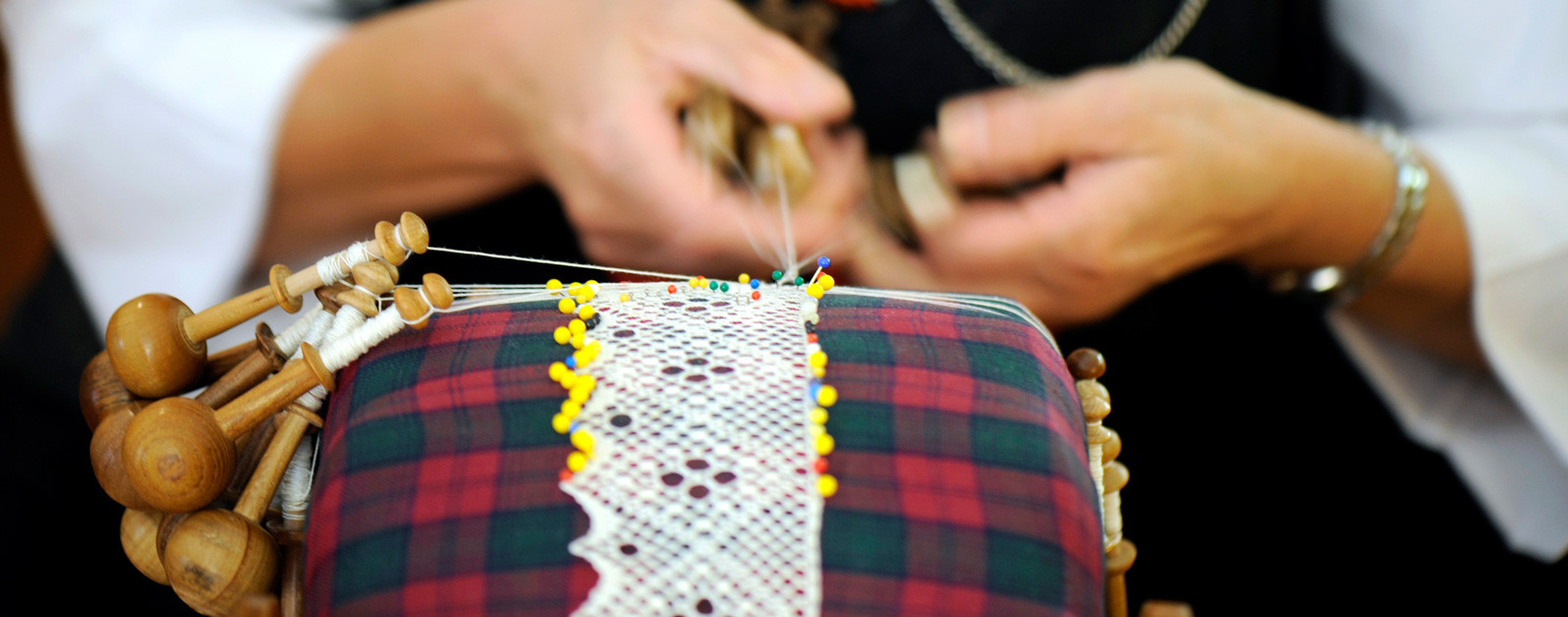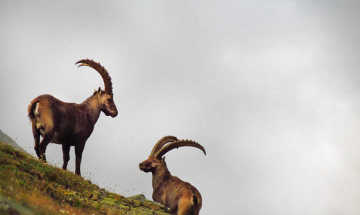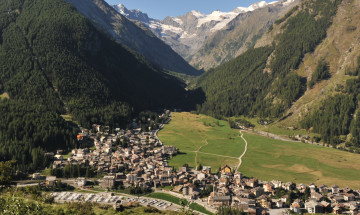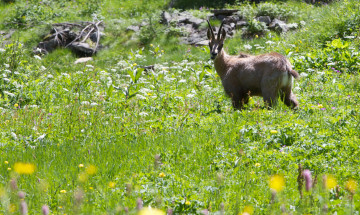
The tradition of the hand-made lace date back around 1665. Contrary to other French or Belgian lace-traditions, there aren’t any cartoons; patterns are handed down from mother to daughter.
Today in Cogne there are still 130 lace-women, gathered in a cooperative society, and they produce every years about 3000 metres of precious lace, known for its aesthetic, but also functional, excellence.

A world to discover. The birth of the Gran Paradiso National Park dates back to the 1922. The Italian State, accepting the donation of the royal hunting reserve by Vittorio Emanuele III, established the national Park, entrusting the administration of these territories to a Royal Commission. The creation of a protected area is strongly linked to the safeguarding of the animal symbol of the Park, the Alpine Ibex, of which, after the WW II, only 416 specimens had survived in the whole world and all of them within the territory of the Park.
Read more
Cogne is a genuine, characteristic mountain village with 1,500 inhabitants and lies at 1534 metres above sea level. The valley offers a wealth of natural beauty extending as far as the eye can see over meadows, crystal-clear streams and on towards snow-capped peaks. All of this makes the village an ideal place for both summer and winter tourism. Cogne Valley is considered the capital of the National Park, created in 1922 when Savoy King Vittorio Emanuele III donated his legendary hunting reserve to the country. The Gran Paradiso is Italy's oldest national park and offers a home for many rare species of animal, plants and flowers within a splendid Alpine setting.
Read more
Larch, European spruce, Swiss pine and silver fir, these are the trees you will find in woods on the valley floor. At higher altitudes, first there are alpine meadows, which are carpeted with flowers in spring, and then these give way to rocks and glaciers. The main animals populating our valley are the Alpine ibex (the Park's symbol – the population numbers around 3,500), the chamois (numbering around 7,000), marmot, fox, lynx, stoat, golden eagle and, in recent years, the lammergeier and wolf. There are also numerous species of birds: buzzard, woodpecker, titmouse, ptarmigan, Alpine chough, sparrowhawk, goshawk, tawny owl, little owl. In the lakes and torrents there are two species of trout: one native, the brown trout, the other introduced, the salmon trout.
Read more